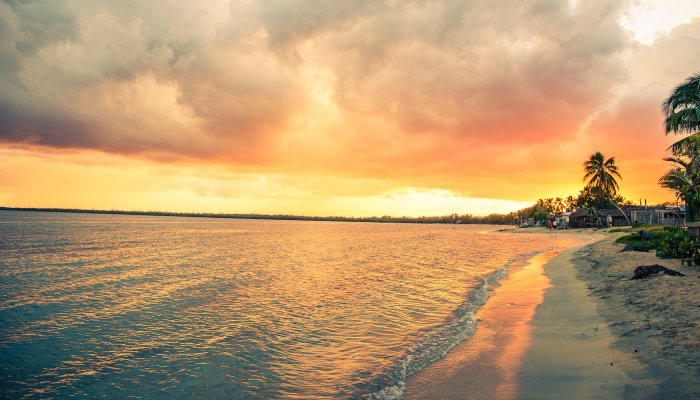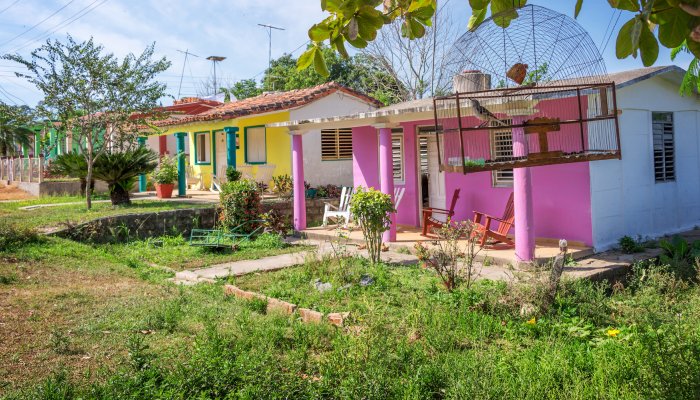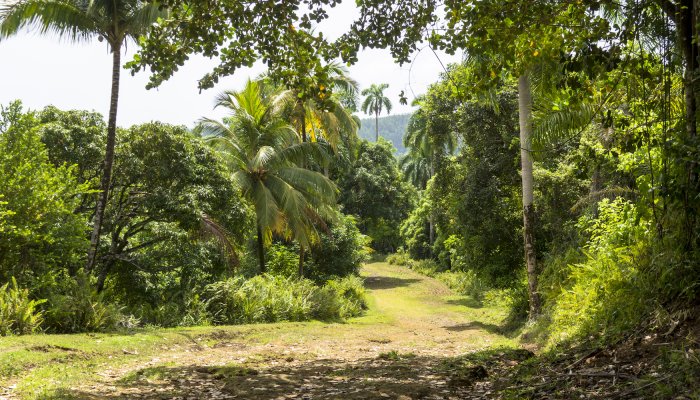Top 5 things to do near Las Salinas, Cuba
Sprawling across a peninsula that extends off Cuba’s southern shores, the Cienaga de Zapata (Zapata Swamp) is an ecologically significant wetland that is bursting with biodiversity. Spanning over 6,000 square kilometers and fed by four main rivers, this intricate maze of sawgrass prairies, forested limestone outcroppings, sinkholes, and lagoons forms one of the most remarkable wetland habitats in the Caribbean.
It’s also one of our favorite destinations to visit on our Cuba Unbound trips for its natural beauty and wildlife richness. Kayaking through Las Salinas (a series of brackish lagoons in the Cienaga de Zapata) is the perfect way to explore the area’s dense mangrove forests and blissful beaches, as well as its flamingo feeding grounds. Las Salinas truly is a birdwatcher’s paradise, with everything from blue herons to long-legged storks and migrating shorebirds frequenting the area.
Aside from Las Salinas, the area boasts a wealth of treasures and is, in our opinion, one of the most fascinating parts of Cuba to explore. Read on to discover 5 things to do in the area, from bird and crocodile-watching to delving into the island’s storied past.
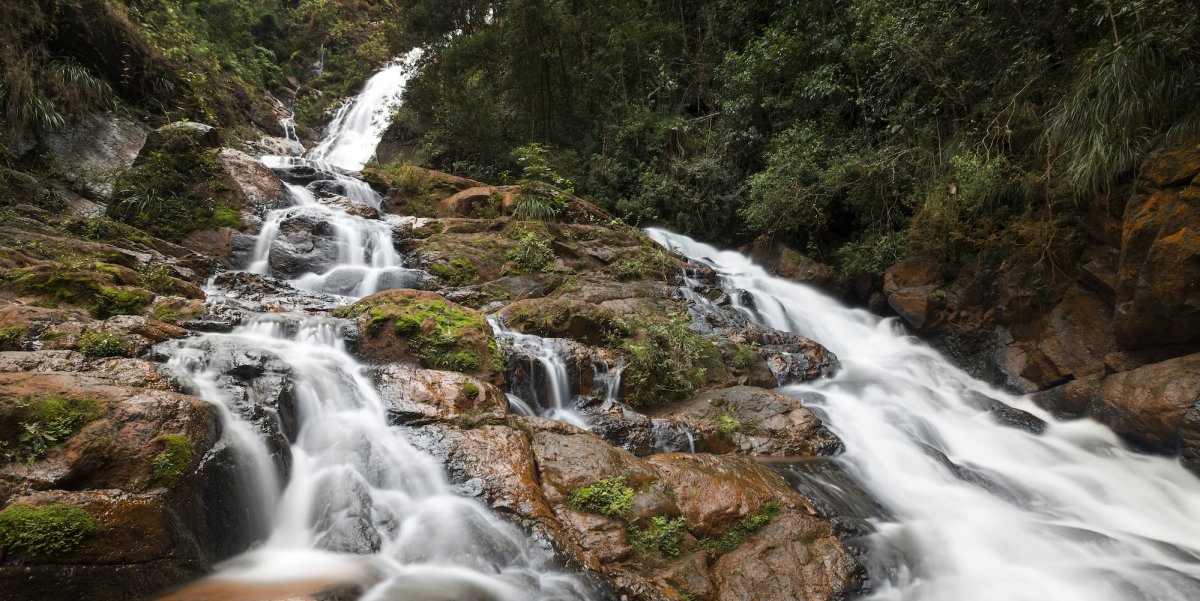
Explore Cienaga de Zapata National Park
While Las Salinas is a must-see corner of Cienaga de Zapata National Park, there’s plenty more to explore in this UNESCO Biosphere Reserve. Several core areas have been established as protected nature reserves within the greater Zapata Swamp, safeguarding critical habitat and preserving indigenous flora and fauna.
During guided treks through the park, you can catch a glimpse of Cuba’s national bird, the red, white, and blue tocororo (also known as the Cuban trogon), as well as the Cuban pygmy owl and Cuban parrot. Sixty-five migratory bird species also pass through the swamp each year as they travel between North America, the Caribbean, and South America. This avian wonderland is readily accessible thanks to a 20-kilometer gravel road and network of viewing platforms, allowing birders to easily scan the lagoons.
Among the 31 reptile species that inhabit the swamp are the Cuban crocodile (found only in Zapata and the nearby Lanier Swamp) and the American crocodile, with Cuban-American hybrid crocodiles also known to exist. This unique ecosystem also supports a wealth of endemic flora found nowhere else on Earth - just another reason it deserves protection.
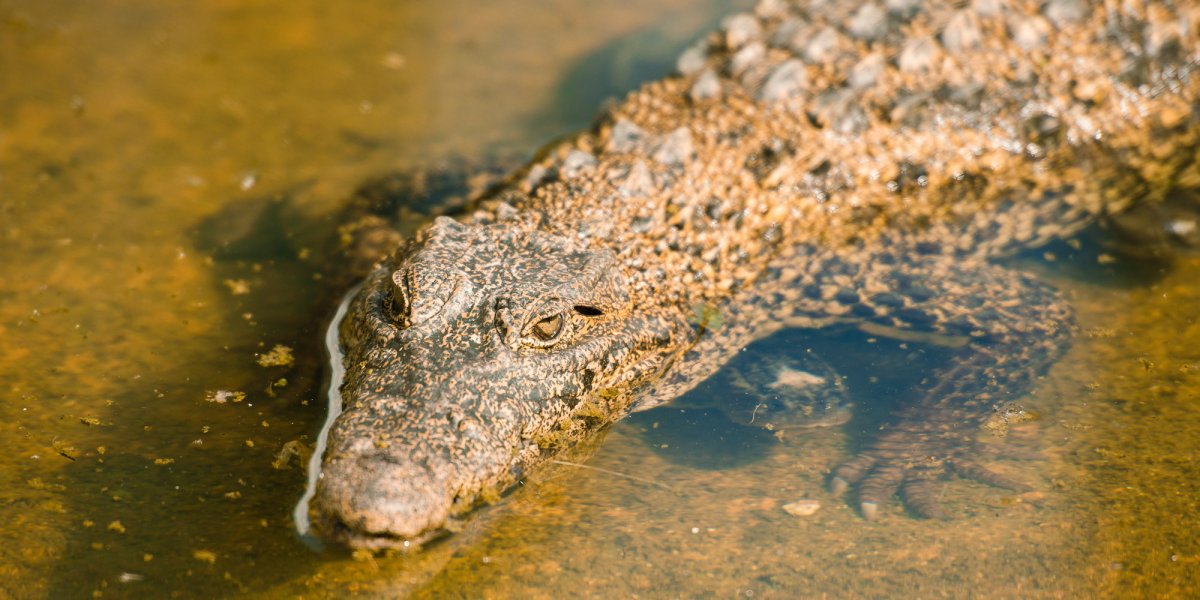
Visit the Criadero de Cocodrilos
Founded in 1962, the Criadero de Cocodrilos is a conservation-focused crocodile farm along the Zapata Peninsula’s main southern road. It houses hundreds of crocodiles of various ages and species in naturally-inspired enclosures. Within the farm's network of pools and swamps, you'll find tiny newborn crocodiles, as well as 50-year-old crocodiles over 20 feet long.
Since its founding, the Criadero de Cocodrilos has played a pivotal role in the conservation of two critically endangered crocodile species - the Cuban crocodile and the American crocodile. Thanks to the farm's dedicated breeding and conservation efforts, these impressive reptiles have been brought back from the brink of extinction.
On a guided tour of the facility, you can observe crocodiles at different life stages and learn about the Criadero de Cocodrilos's conservation programs. A highlight is seeing the powerful jaws of these living dinosaurs in action during keeper-led feeding sessions.
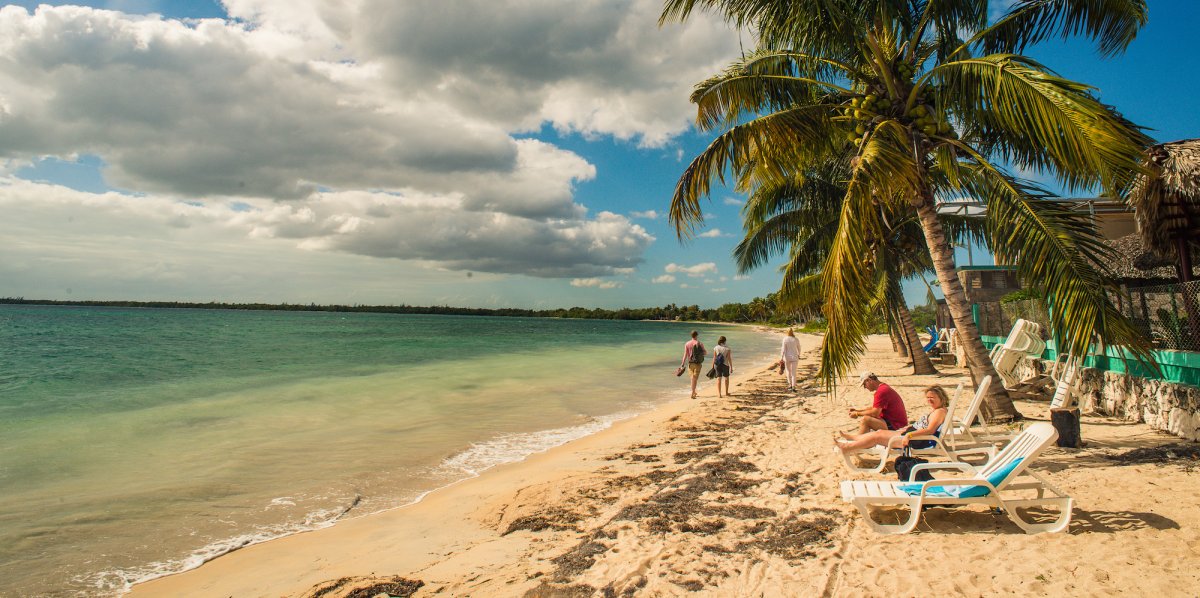
Relax at Playa Larga
Playa Larga is a charming fishing village that serves as the gateway to Cienaga de Zapata National Park. Situated at the head of the Bay of Pigs, this sleepy beach town earned its fame as one of the primary invasion sites targeted by CIA-backed Cuban exiles on April 17, 1961. While neighboring Playa Giron faced the brunt of the Bay of Pigs Invasion, Playa Larga witnessed its fair share of covert landings before Cuba's military claimed victory.
Beyond its historical significance, Playa Larga is blessed with crystalline Caribbean waters and coral reefs teeming with life. Because of this marine richness, the beach is a snorkeler’s and scuba diver's paradise, complete with several flooded caves. Come evening, Playa Larga reveals its other famous draw: massive crab invasions. Each night, the town's streets flood with hordes of roaming crabs in a spectacle like no other.
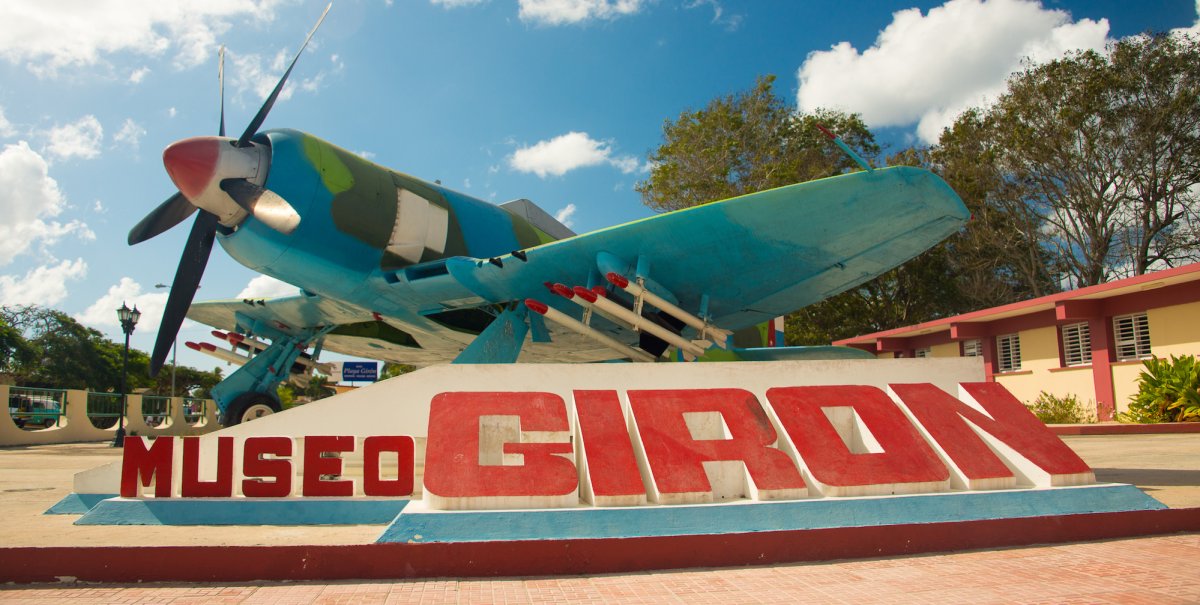
Delve into the past at Museo Giron
Tucked away behind Playa Giron (one of the Bay of Pigs’ many beautiful beaches) is a modest two-room building that details the dramatic events that took place here in 1961. Museo Giron houses a fascinating collection of artifacts and exhibits that bring to life the Bay of Pigs Invasion - a Cold War episode financed by the United States government.
In April of 1961, around 1,400 Cuban exiles, trained and backed by the CIA, landed on the shores of Cuba with the aim of overthrowing Fidel Castro and his communist government. As a result of poor planning and execution, the invasion was a failure, with over 100 of the exiles killed and the majority of the rest taken prisoner. Meanwhile, over 170 Cuban troops lost their lives defending their homeland.
Today, Museo Giron stands as a memorial to this brief but bloody conflict, detailing the weaponry and tactics used in the invasion. Personal artifacts and murals commemorate the victims who sacrificed their lives while tanks and aircraft from the skirmish stand in silent tribute outside. For anyone interested in U.S.-Cuban relations, Museo Giron is a must-visit near the Zapata Peninsula.
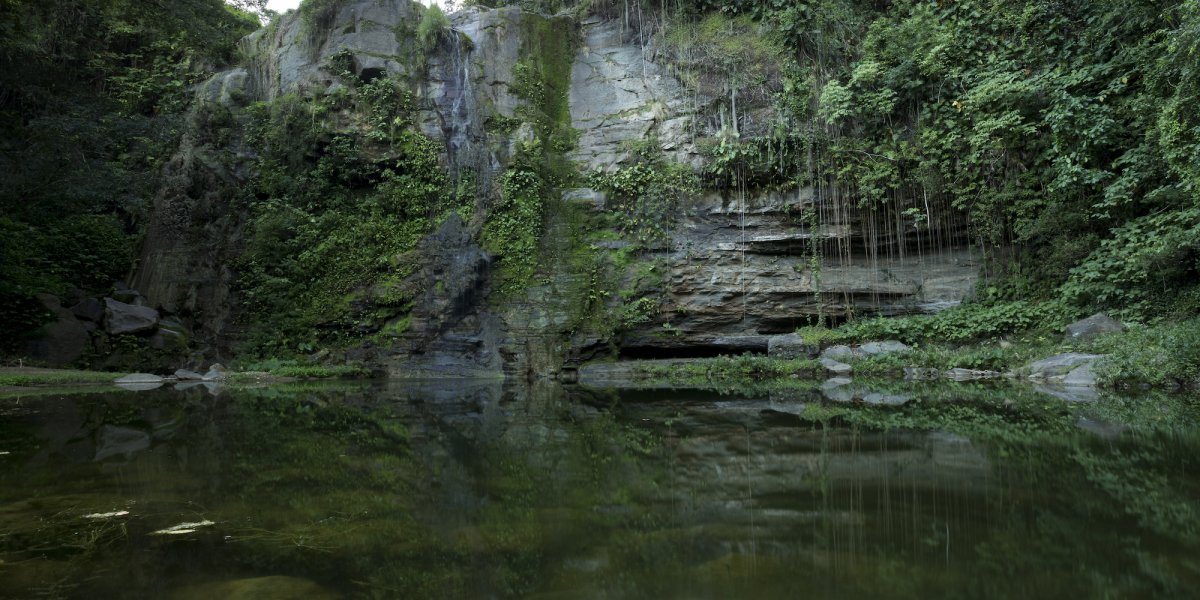
Cruise the Laguna del Tesoro
Hidden away in the Cuban countryside to the east of Cienaga de Zapata National Park is the enchanting Laguna del Tesoro. Translating as "Treasure Lake," it gets its name from a local legend about the Taíno throwing precious treasures into the lake before the arrival of Spanish conquistadors. Reachable only by boat via the winding Canal de la Laguna, this isolated 92-square-kilometer lake is well worth the detour.
On the far eastern shores of Laguna del Tesoro sits the fascinating Villa Guama, which replicates an ancient Taíno village. Built on a dozen tiny islands rising from the glassy waters, it features traditionally styled thatched huts and palm-frond shelters. Adjacent to the village is a sculpture park with 32 life-size figures depicting Taíno villagers undertaking daily activities. These striking sculptures offer an insight into an ancient culture that once flourished in the region.
Beyond its rich history and folklore, the lake also attracts fishing enthusiasts, as its waters are stocked with prized largemouth bass.
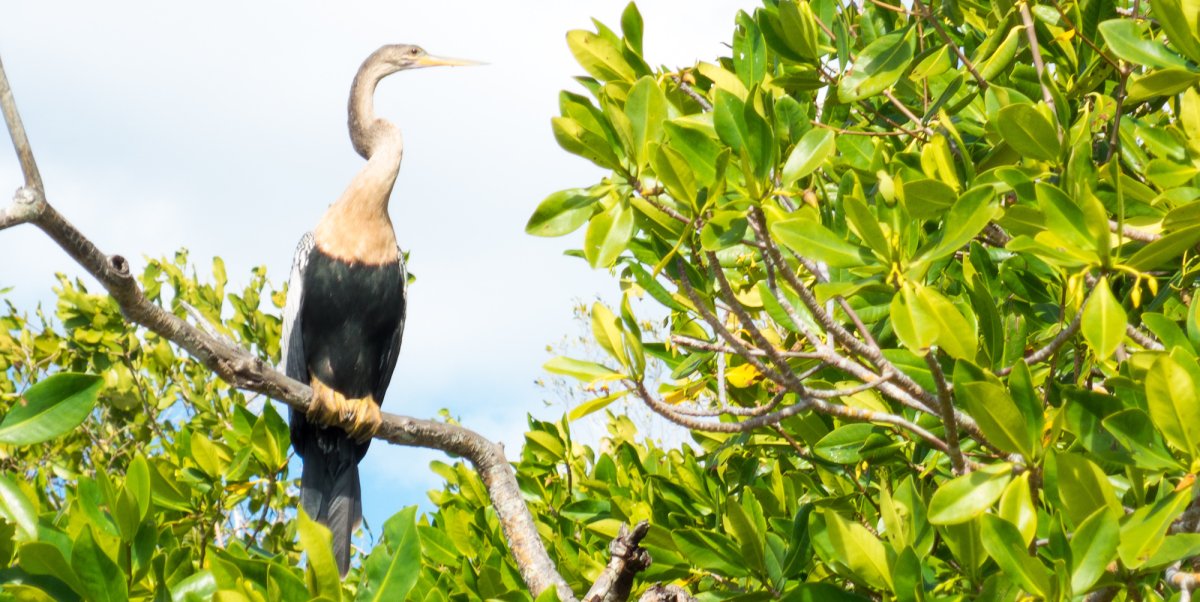
Biodiversity, blissful beaches and so much more
While kayaking the lagoons of Las Salinas should be high on your must-do list, the area surrounding the Cienaga de Zapata offers so much more. This biodiverse region is a birdwatcher’s paradise, as well as being one of the best places in Cuba to get up close to crocodiles. Coupled with the area’s rich indigenous heritage is the critical role it played in the Bay of Pigs Invasion - an event that still lingers on in the memories of Cubans today.


